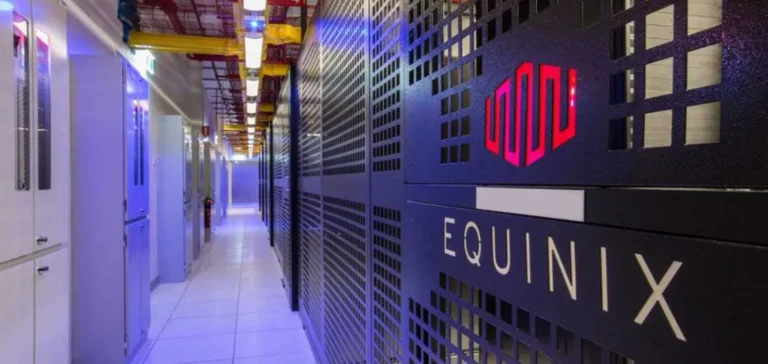Equinix, a California-based global data center developer and operator, announced a preorder for twenty Kaleidos nuclear microreactors designed by Radiant. These portable 1 megawatt electric (MWe) units are based on a graphite core and use TRISO (tri-structural isotropic) fuel. The group aims to diversify its energy sources while consolidating direct contracts with emerging nuclear developers.
Radiant selected in several U.S. programs
Radiant is among the eight companies selected in 2024 under the Advanced Nuclear Power for Installations program, led by the Defense Innovation Unit in cooperation with the Department of the Army and the Department of the Air Force. This program aims to design, build, and operate microreactors on U.S. military sites. More recently, Radiant was included in the list of eleven projects chosen by the U.S. Department of Energy for the Nuclear Reactor Pilot Program, which targets the rapid commissioning of several experimental reactors.
According to Equinix, Kaleidos microreactors can be easily transported, installed within days, and integrated with existing electrical infrastructure. Radiant stated that this is the largest contract to date for a mass-produced reactor, exceeding all its previous orders in both volume and value.
Letter of intent with ULC-Energy in the Netherlands
In parallel, Equinix signed a letter of intent with ULC-Energy, a Dutch company founded in 2021 in Amsterdam, for a power purchase agreement of up to 250 MWe. This nuclear energy would supply its data centers in the Netherlands. ULC-Energy already collaborates with Rolls-Royce SMR, a British subsidiary developing small modular reactors (SMRs). The Dutch company is building a model for integrating nuclear energy into residential and industrial networks.
The growing demand for power in digital infrastructure, particularly data centers, is pushing industry players to seek direct partnerships with developers of baseload production technologies capable of ensuring constant supply. For ULC-Energy, SMRs provide an appropriate solution to this requirement while strengthening local grid stability.
Expanding energy diversification
Equinix has already signed several similar agreements with other small modular reactor developers. In April 2024, the company announced a 500 MWe contract with U.S.-based Oklo for its Aurora reactors, as well as a preorder agreement of 500 MWe with French molten salt reactor developer Stellaria for its European sites.
According to Equinix’s management, securing new nuclear generation capacity is part of a long-term strategy to support the growth of the data center sector and ensure stable supply in the face of rapidly increasing energy demand. For market observers, these agreements highlight the emergence of SMRs as a concrete option to meet the growing needs of global digital infrastructure.






















